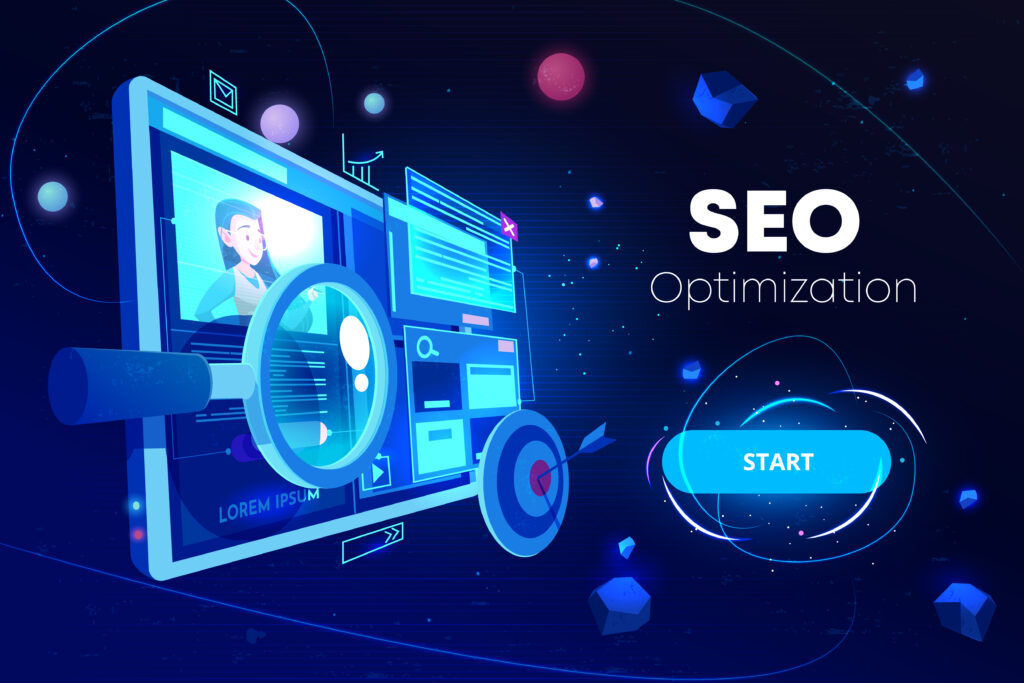How to Create Compelling Sales Content
In the digital age, content is one of the most powerful tools for engaging prospects, building trust, and driving conversions. Compelling sales content goes beyond simply promoting products or services; it connects with readers, addresses their pain points, and guides them toward a solution. Here’s a guide to creating sales content that resonates with your audience, stands out from the competition, and helps you close more deals.
1. Understand Your Audience’s Needs and Pain Points
The foundation of compelling sales content is a deep understanding of your audience. The more you know about their needs, challenges, and desires, the better you can craft content that speaks to them.
- Develop Buyer Personas: Create detailed buyer personas that outline key characteristics, goals, and pain points of your target audience. These personas help you tailor content to their specific needs.
- Conduct Audience Research: Use surveys, interviews, and social media listening tools to gather insights directly from your target audience. This research helps you identify recurring challenges, questions, and concerns.
- Address Their Pain Points: Once you understand the pain points of your audience, make sure your content offers solutions. Show them how your product or service can alleviate their issues and make a meaningful difference.
By focusing on the needs and problems of your audience, your content becomes more relevant, relatable, and valuable to the reader.
2. Start with an Engaging Headline
Your headline is the first thing prospects will see, so it needs to grab their attention and make them want to read more. An effective headline communicates the benefit of your content and piques curiosity.
- Use Action-Oriented Language: Start with strong verbs that convey action and benefit. For example, “Boost Your Sales” or “Increase Your Efficiency.”
- Highlight a Solution: Address the pain point or solution directly in the headline. For instance, “Solve Your Inventory Problems with These 5 Tips.”
- Keep it Clear and Concise: Avoid jargon or complex language in your headlines. The goal is to quickly convey the value of your content in a way that’s easy to understand.
An engaging headline makes the reader want to learn more, setting the stage for a compelling sales message.
3. Create Value-Driven Content
For content to be compelling, it must provide real value to the reader. Instead of focusing solely on your product, create content that educates, informs, or solves a problem for your audience.
- Educational Guides and How-Tos: Offer actionable advice that helps your audience solve a problem or learn something new. Content like “How to Improve Your Cold Email Strategy” or “A Beginner’s Guide to Lead Generation” provides value that readers appreciate.
- Use Case Studies and Success Stories: Real-world examples of how your product or service has benefited other customers demonstrate your value in a relatable way. Case studies and testimonials build credibility and trust.
- Focus on the Benefits: Instead of simply listing features, highlight how these features solve the reader’s problem or improve their situation. Benefits-driven content makes it easy for readers to see the impact of your solution.

Value-driven content positions your business as a trusted resource, making prospects more likely to engage and convert.
4. Incorporate Storytelling
Storytelling is one of the most effective ways to connect emotionally with your audience. Stories humanise your brand, making it easier for prospects to relate to and trust your message.
- Share Your Brand Story: Talk about why your company was founded, your mission, or a significant challenge you overcame. A compelling brand story gives prospects a reason to care about your business beyond the product.
- Tell Customer Success Stories: Highlight the journey of a satisfied customer, from their initial problem to their successful outcome. Customer stories make it easier for prospects to envision themselves benefiting from your solution.
- Use Real-World Examples: Real-life examples and analogies can make complex concepts easier to understand and more engaging.
Stories evoke emotions and make content memorable, helping your brand stand out and leave a lasting impression on prospects.
5. Use Clear and Persuasive Language
Clarity and persuasion are essential in sales content. Your message should be straightforward, easy to understand, and compelling enough to move prospects toward a purchasing decision.
- Focus on Clarity: Avoid jargon or overly complex language that may confuse readers. Use simple, direct language to convey your message clearly.
- Highlight the Value Proposition: State the key benefits of your product or service early on, making it clear what sets you apart from competitors.
- Include Persuasive Elements: Use power words, such as “proven,” “guaranteed,” “exclusive,” or “transformative” to create a sense of urgency and appeal to emotions. Emphasise how your solution makes a positive impact.
By using clear and persuasive language, you create content that’s easy to understand and hard to resist.
6. Incorporate Visuals to Enhance Engagement
Visuals are powerful tools in sales content. They break up text, make content more digestible, and help convey key points more effectively. Compelling visuals can boost engagement and improve the overall user experience.
- Use High-Quality Images: Choose images that are relevant to your message and visually appealing. High-quality visuals enhance professionalism and attract attention.
- Add Infographics for Data-Driven Content: Infographics are excellent for presenting statistics, comparisons, or step-by-step processes in a visual, easy-to-understand format.
- Use Videos for Demonstrations: Video content, such as product demos or customer testimonials, can be incredibly persuasive. Videos make it easier for prospects to see your product in action and understand its benefits.
Visual elements add depth to your content, making it more engaging and memorable for readers.
7. Provide Social Proof to Build Trust
Social proof, such as customer testimonials, case studies, and statistics, helps build trust with prospects. When potential buyers see that others have had positive experiences, they’re more likely to feel confident in your product or service.
- Include Testimonials and Reviews: Add quotes from satisfied customers, highlighting specific benefits they experienced. Reviews provide a sense of credibility and reassurance.
- Showcase Notable Clients: If you work with well-known brands, mention them in your content. This establishes credibility and demonstrates that respected companies trust your product or service.
- Present Data and Statistics: Use data to reinforce your claims. For example, “90% of our clients reported increased productivity within three months of using our software.” Data-driven content is persuasive and adds legitimacy to your message.
Social proof reduces uncertainty and reassures prospects that your solution is a worthwhile investment.
8. Include a Clear and Compelling Call to Action (CTA)
Every piece of sales content should guide readers to the next step. A well-crafted call to action (CTA) provides direction, making it easy for prospects to move forward in their buyer’s journey.
- Be Specific and Actionable: Use clear, action-oriented language, such as “Schedule a Demo,” “Get a Free Consultation,” or “Download Your Guide.” Specific CTAs make it clear what the prospect should do next.
- Create a Sense of Urgency: Encourage readers to act quickly by adding urgency to your CTA, such as “Limited Time Offer” or “Claim Your Spot Now.”
- Position the CTA Effectively: Place your CTA where it’s easily visible and naturally fits with the content flow. For longer content, consider adding CTAs at key points to encourage action throughout.
A clear and compelling CTA helps turn engaged readers into active leads, moving them one step closer to conversion.
9. Optimise for Search Engines
For your sales content to reach a wide audience, it’s essential to optimise it for search engines. SEO helps drive organic traffic to your content, increasing visibility and creating more opportunities for engagement.
- Use Relevant Keywords: Identify keywords that your target audience is searching for and include them naturally in your content, headings, and meta description.
- Optimise for Readability: Use short paragraphs, bullet points, and subheadings to make your content easy to read. User-friendly content is favoured by search engines and keeps readers engaged.
- Add Internal and External Links: Link to relevant pages within your website as well as reputable external sources. This improves SEO and provides readers with additional resources.

SEO optimisation ensures your content reaches a broader audience, increasing the chances of attracting potential leads and clients.
Conclusion: Crafting Content That Converts
Creating compelling sales content requires a strategic approach that focuses on understanding your audience, delivering value, and guiding them toward action. From engaging headlines and value-driven insights to clear calls to action, every element of your content should work together to create an experience that resonates with readers and motivates them to take the next step.
If you’re ready to elevate your sales content and drive conversions, Wingmen Consulting can help. Our team specialises in crafting persuasive, high-converting content tailored to your audience and business goals. Book a Free Sales Consultation today to learn how we can help you create compelling content that wins clients. Schedule Your Free Consultation with Wingmen Consulting and start transforming your content into a powerful sales tool.
